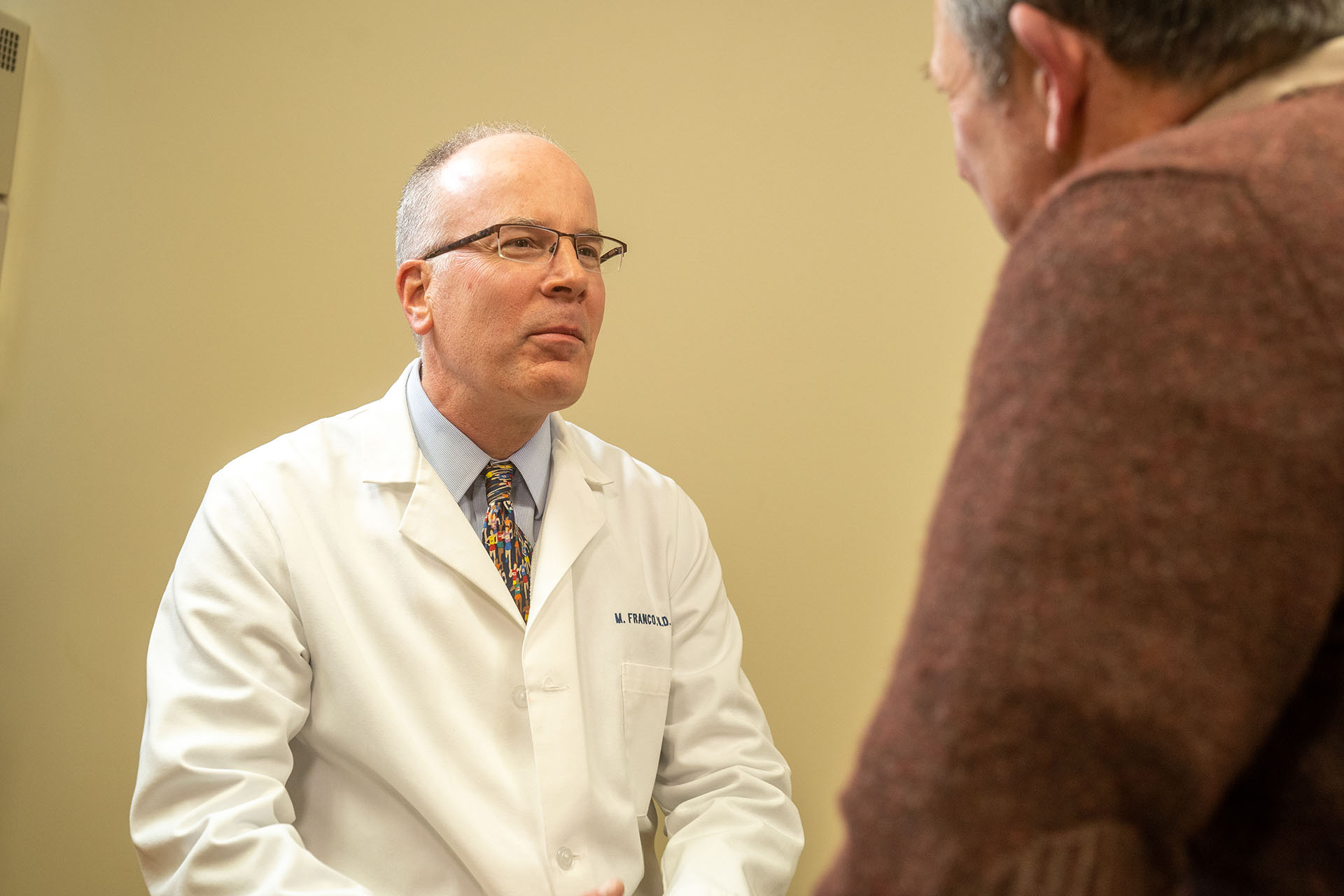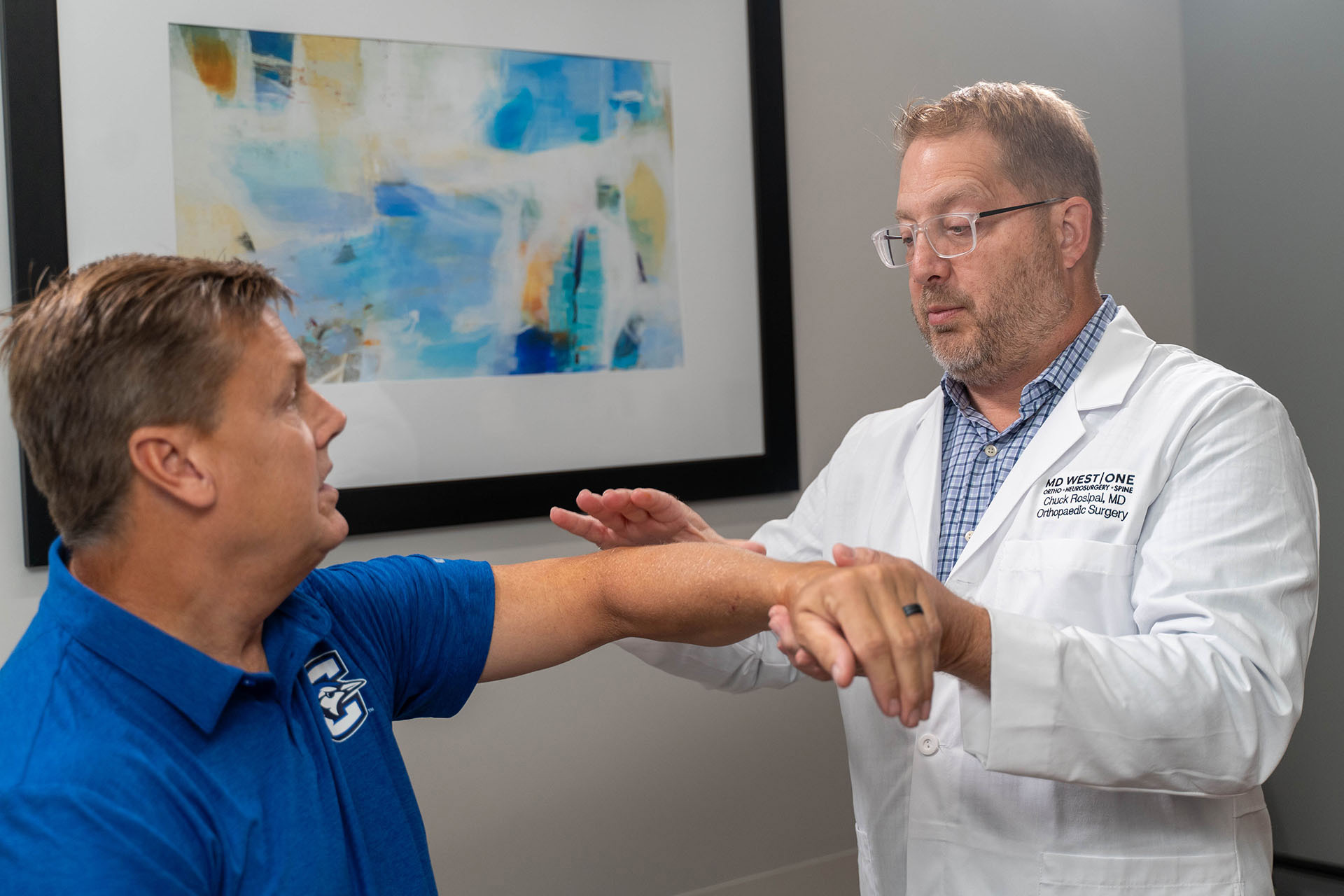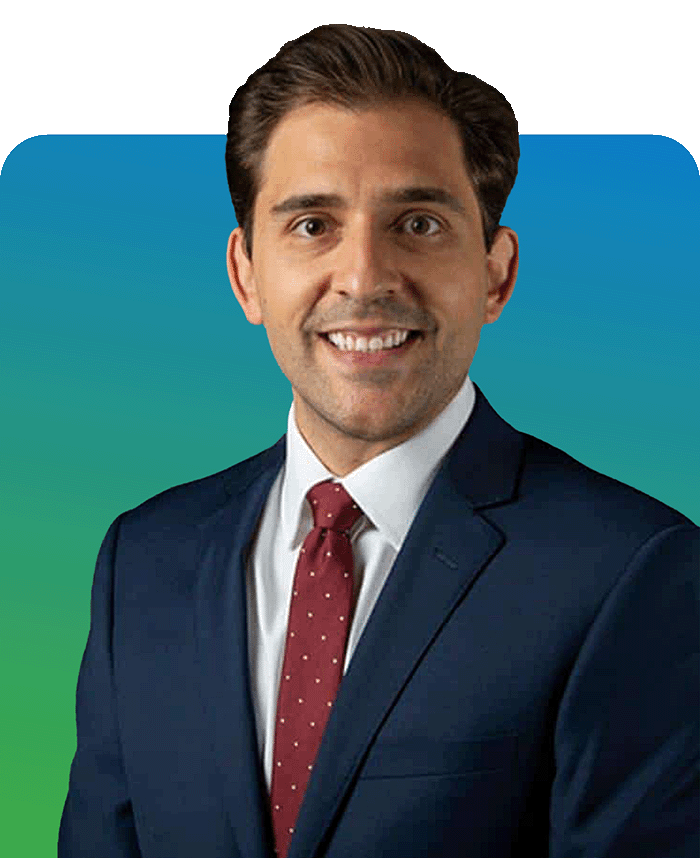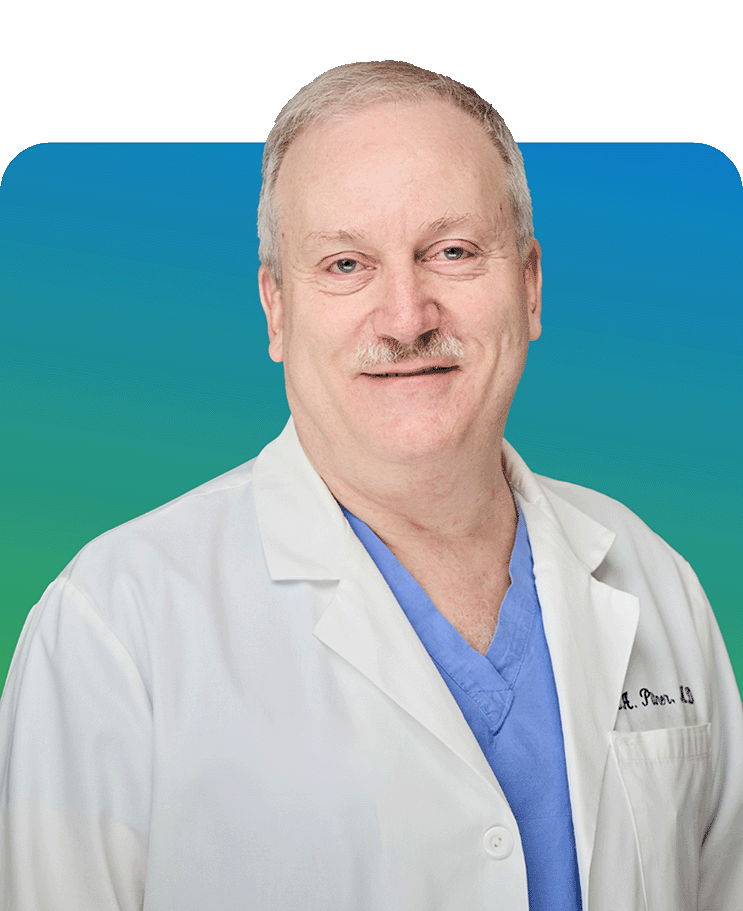Elbow Arthroscopy
Elbow injuries are common, especially among athletes such as tennis players. Elbow arthroscopy is a procedure used to diagnose and treat problems inside the elbow joint. It can help ease symptoms and improve mobility in conditions ranging from arthritis and sports injuries to fractures and infection.
Why is my doctor recommending an elbow athroscopy?
The Omaha Shoulder & Elbow Orthopedic Specialists at MD West ONE can properly recommend if an elbow arthroscopy is the best course of action based on your symptoms and situation. If you have the following symptoms, you may want to make an appointment with one of our Board Certified Specialists.
- pain
- stiffness
- swelling
- loss of motion in your elbow joint
Elbow arthroscopy can diagnose and treat issues caused by:
- Age-related wear and tear
- Injury, including sports injuries
- Overuse
You may be more at risk for conditions that require an elbow arthroscopy if you are an athlete or throw and use your arms in repetitive motions. You are also more at risk if you suffer from arthritis.


What conditions can elbow arthroscopy treat?
An elbow arthroscopy procedure can treat a range of conditions and injuries that affect the elbow joint. It is much less invasive than elbow replacement surgery.
Your provider may use elbow arthroscopy to treat conditions and injuries such as:
- Loose bone and cartilage (osteochondritis dissecans)
- Osteoarthritis
- Elbow fractures
- Permanently tensed muscles (contractures)
- Rheumatoid arthritis
- Tennis elbow (lateral epicondylitis)
- Infection (septic arthritis)
- Inflammation (synovitis)
- Scar tissue that limits mobility (adhesions)
- Dislocated elbow
- Pitcher's elbow (valgus extension overload syndrome)
Treatment
Your healthcare provider may recommend this minimally invasive procedure if you don't get relief from nonsurgical treatments such as:
- Rest
- Physical therapy
- Medications
- Braces or splints
- Steroid injections
Procedure
Elbow arthroscopy is typically an outpatient procedure which means you can expect to go home the same day. Since you will receive anesthesia, it is important to arrange for someone to take you home and remain with you for the rest of the day as you recover.
What happens during an elbow arthroscopy procedure?
During the procedure, your surgeon:
- Fills the affected elbow joint with saline fluid to see more clearly and reduce risk to surrounding tissue, blood vessels, and nerves.
- Makes a few tiny incisions in the treatment area.
- Inserts small surgical tools, including an instrument with a camera and light on the end (arthroscope) to view inside your elbow joint.
At this point:
- If you are having elbow arthroscopy to diagnose a problem, your surgeon may perform a biopsy to confirm the diagnosis.
- If you are having elbow arthroscopy to treat a condition or injury, your surgeon will perform the procedure.
- After the arthroscopy, your surgeon closes the incisions with stitches or staples and uses a bandage, dressing, or splint to cover and protect them.
What to Expect
The benefits of arthroscopy are smaller incisions, faster healing, a more rapid recovery, a shorter rehabilitation period, and less scarring. Arthroscopic surgical procedures are often performed on an outpatient basis and the patient is able to return home on the same day.
After Surgery
In most cases, you can go home within a couple of hours after the procedure. When you do go home, incision care is very important. You may need to:
- Ice and elevate your elbow.
- Keep the incision clean, dry, and covered.
- Take NSAIDs to relieve pain.
- Wash in the shower, not bathe, until the incision heals.
- Wear a sling, splint or brace.
When should I know the results of elbow arthroscopy?
If you had a biopsy, you should receive results in several days. If your surgeon used arthroscopy to treat an elbow condition, they can typically tell you that day about how it went. Keep all follow-up appointments, so your surgeon can check on your progress.
Rehabilitation
When can I return to my regular activities after elbow arthroscopy?
Your recovery after elbow arthroscopy depends on the condition of your joint and the extent of the damage. It also depends on whether your surgeon treated the elbow during the procedure.
Risks and Complications
Arthroscopy is a relatively safe procedure. But the elbow is a small area, containing bone, muscle, blood vessels and nerves. Surgeons use arthroscopy less often to treat the elbow than for other, larger joints, such as the knee and shoulder.
- Potential complications include:
- Allergic reaction to anesthesia.
- Blood clot, including deep vein thrombosis (DVT).
- Damage to nearby tissue or nerves.
- Excessive bleeding or swelling.
- Infection.
- Nerve irritation or injury.
Meet Our Elbow & Shoulder Specialists...
David C. Buck, MD
Sports Medicine & Total Joint
H. Wesley Cheng, MD
Orthopedic Specialist
Michael Del Core, MD
Upper Extremity Specialist
George Emodi, M.D.
Sports Medicine & Total Joint
Brett W. Fischer, MD
Sports Medicine & Total Joint
Mark Franco, M.D.
Sports Medicine & Total Joint
Daniel L. Gaffney, MD
Hand & Wrist Specialist
Kayvon Izadi, MD
Hand & Wrist Specialist
Darren Keiser, M.D.
Sports Medicine & Total Joint
Justin Makovicka, M.D.
Knee, Shoulder & Sports Medicine
John "Jack" A. McCarthy, MD
Hand & Wrist Specialist
Micheala McCarthy, MD
Hand & Wrist Specialist
Mark Pitner, MD
Sports Medicine & Total Joint
Charles E. Rosipal, MD
Shoulder & Elbow Specialist
Jeffrey J. Tiedeman, MD
Hand & Wrist Specialist
Kimberly A. Turman, MD
Sports Medicine
















